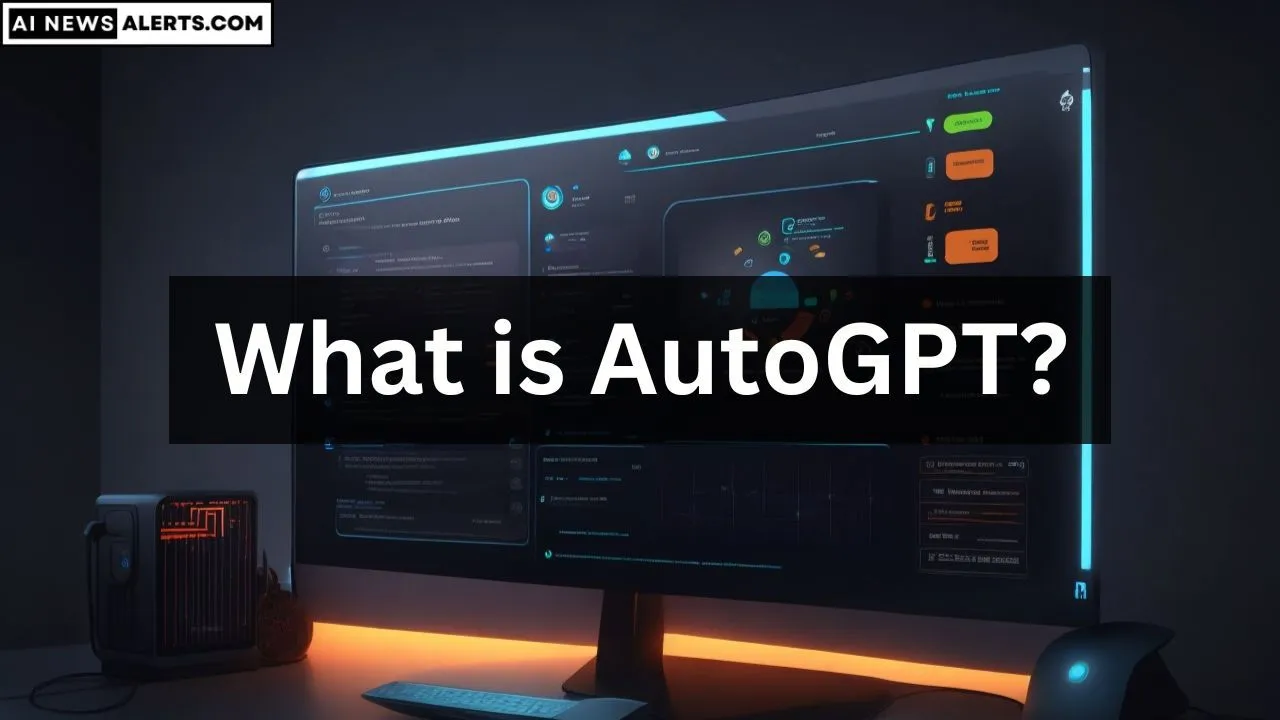AutoGPT has gained significant attention in the field of Artificial Intelligence as an experimental autonomous AI agent. It is built on OpenAI’s GPT-4 language model and has the ability to perform tasks autonomously by breaking them down into subtasks.
In the following, we will take a closer at what is AutoGPT, how it works, its applications, and its potential impact on the future of AI.
Table of Contents
ToggleWhat is AutoGPT?
AutoGPT is an open-source project based on the GPT-4 model. Unlike interactive systems like ChatGPT, AutoGPT can assign itself new objectives and work towards achieving them without constant human input.
It utilizes the power of GPT-4 or GPT-3.5 APIs and is one of the pioneering applications of GPT-4 for autonomous task performance.
How AutoGPT Works?
AutoGPT operates by breaking down a given goal into subtasks and using a loop to execute them. It can generate responses to prompts, create and modify its own prompts based on new information, and manage memory and context requirements.
It also has internet access for tasks such as web searching, web form interactions, and API interactions. Additionally, AutoGPT supports text-to-speech for voice output.
Applications of AutoGPT
AutoGPT can be used in various ways, similar to ChatGPT, but with the advantage of automating tasks for faster completion. Some common applications of AutoGPT include.
1. Analyzing investments – Market research and sentiment analysis on online conversations to identify smart investment opportunities.
2. Content creation – Generating articles, blogs, and social media posts based on prompts.
3. Lead generation – Assisting in research for new leads and prospects for sales.
4. Business planning – Helping in creating and developing business plans.
5. Automating product reviews – Conducting research on new products, providing sources, and writing reviews.
6. Creating podcasts – Generating podcast outlines through research and drafting questions for hosts.
AutoGPT vs ChatGPT
AutoGPT and ChatGPT are both chatbot tools developed by OpenAI but differ in their functionality. AutoGPT runs in a loop, breaking activities into subtasks and responding to prompts to achieve a provided goal.
On the other hand, ChatGPT requires repeated prompting from the user without an overarching goal to follow. AutoGPT also has internet access, short-term memory management, and supports multimodal inputs, whereas ChatGPT lacks these features.
Benefits of AutoGPT
AutoGPT serves as an experimental platform to explore the boundaries of AI and its autonomous capabilities. It offers faster information generation compared to traditional methods and demonstrates progress toward artificial general intelligence. Its open-source nature allows for community collaboration and improvements.
The Future of AutoGPT
While the exact impact of AutoGPT on the future of AI is uncertain, it showcases the potential of autonomous agents and takes us a step closer to artificial general intelligence.
The development and refinement of AutoGPT and similar tools may lead to the emergence of more advanced autonomous agents, potentially reducing human involvement in various tasks.
Conclusion
AutoGPT, an experimental autonomous AI agent, shows promise in automating tasks and achieving goals without constant human input. It utilizes the power of machine learning and natural language processing to analyze and generate human-like responses.
By leveraging its ability to learn from vast amounts of data, AutoGPT demonstrates the potential in streamlining processes, improving efficiency, and providing valuable assistance in various domains.
As AI technology continues to advance, AutoGPT represents a significant step toward the realization of more autonomous and intelligent systems.
